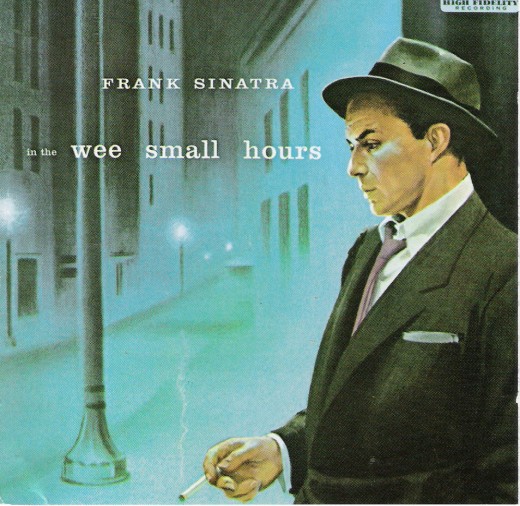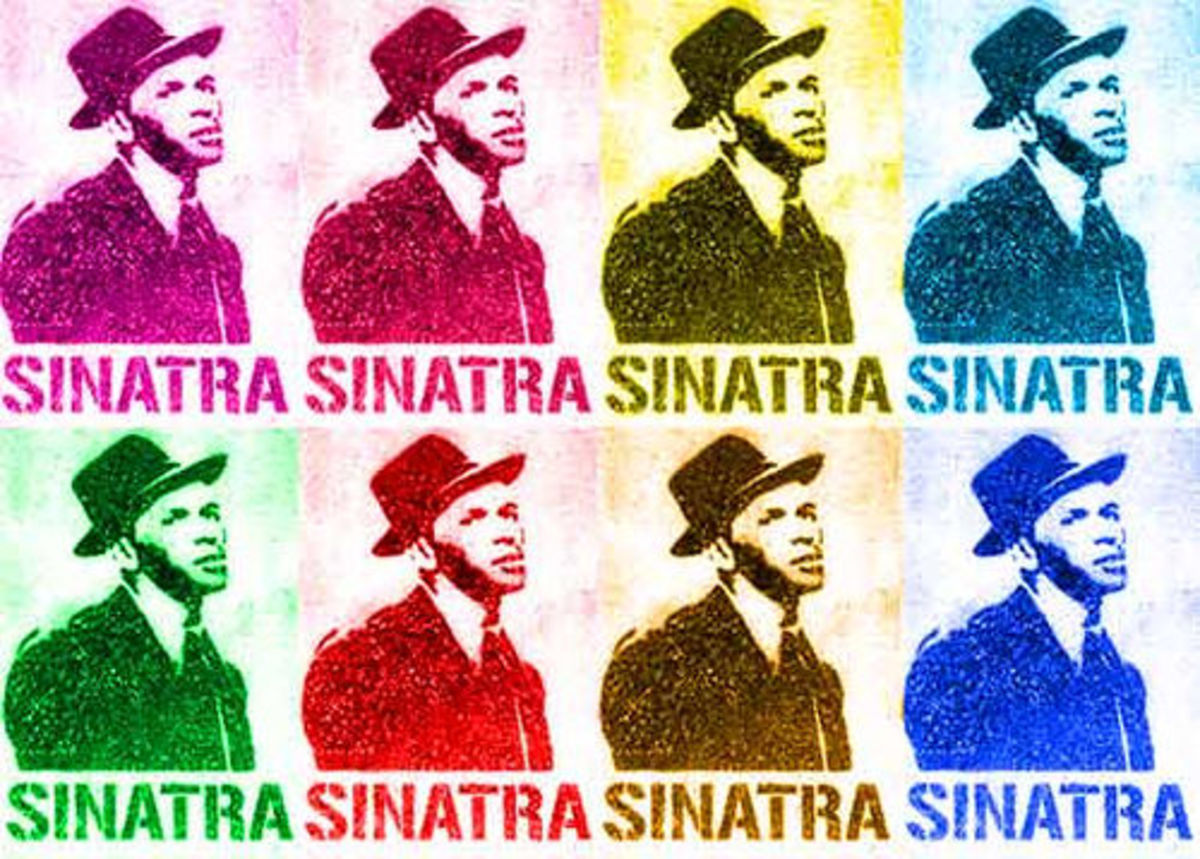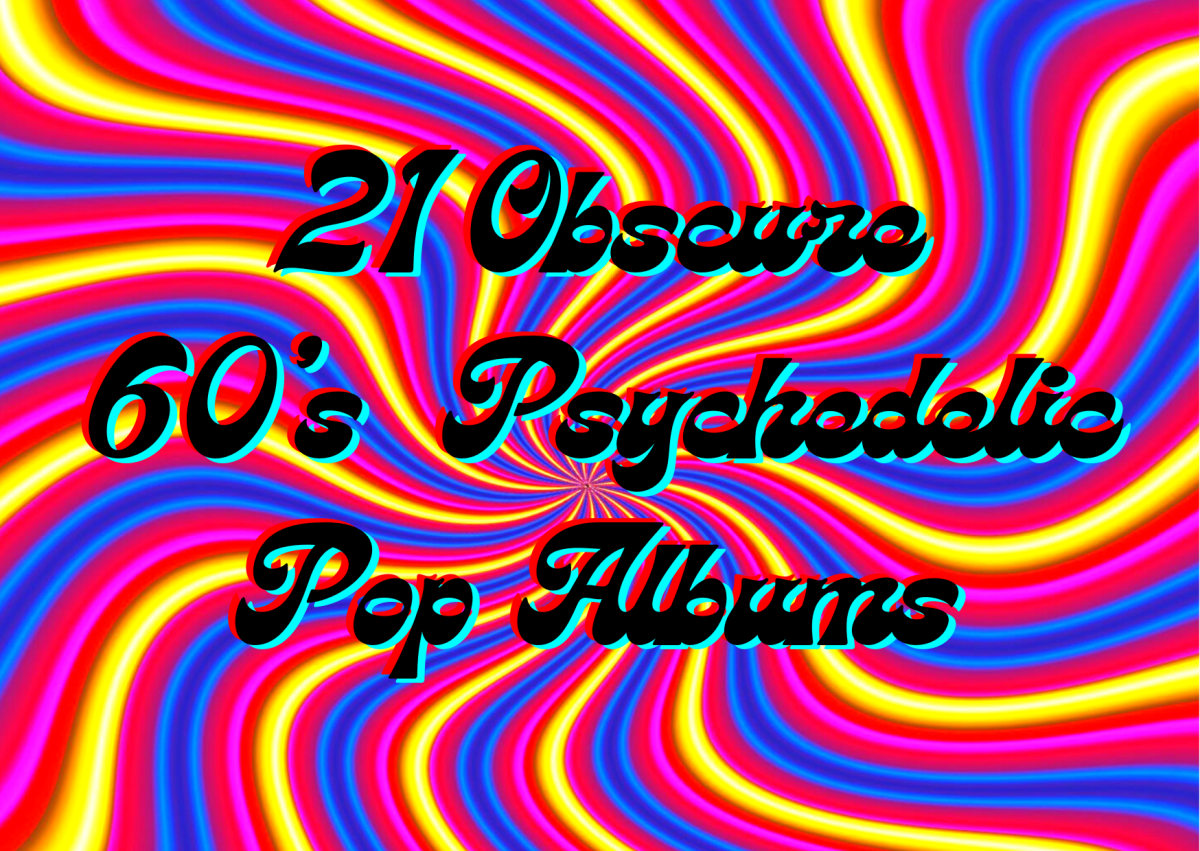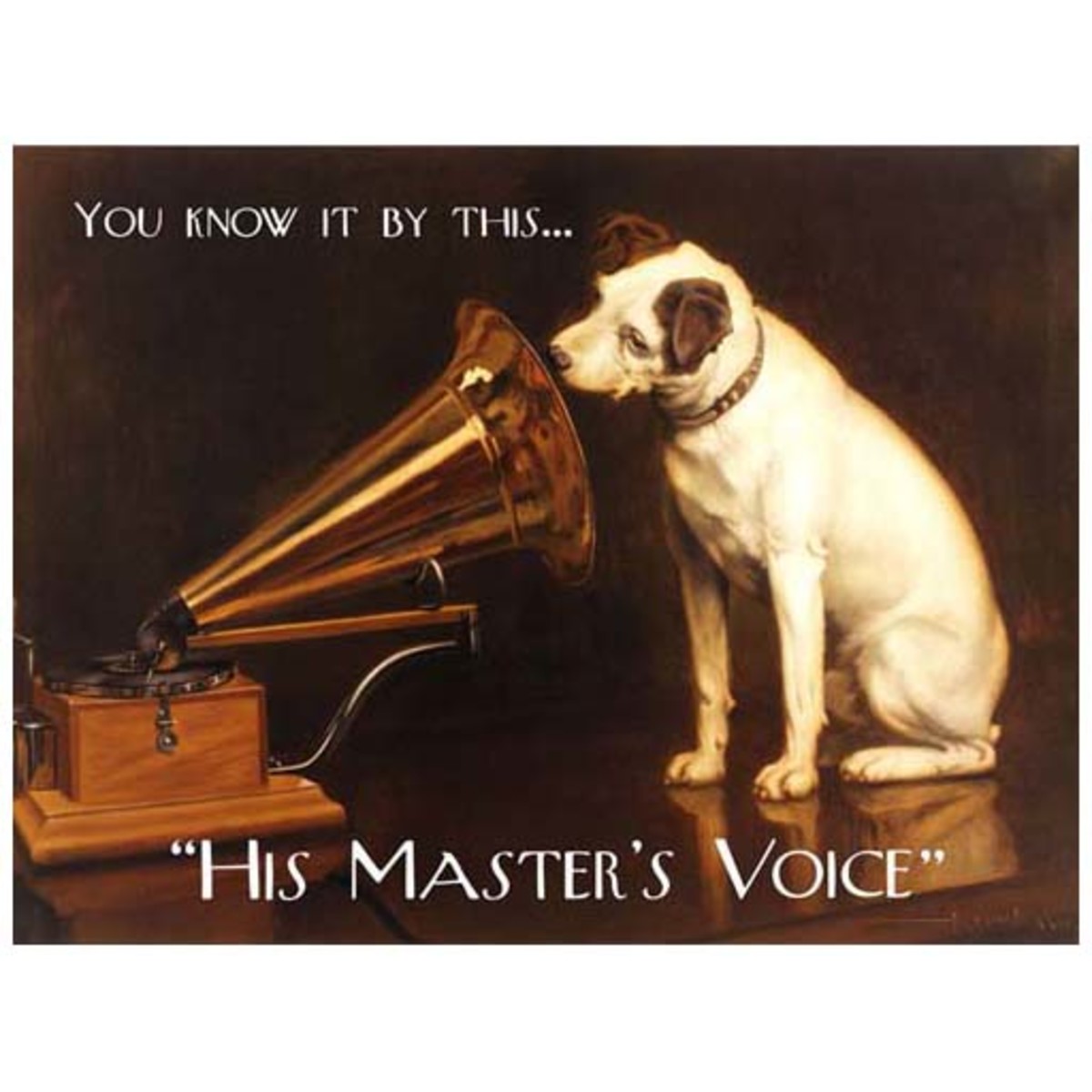Concept Album Corner - 'In The Wee Small Hours' by Frank Sinatra

Concept albums have certainly been around in the world of music for a long time. Ever since The Beatles popularized the idea in 1967 with Sgt. Pepper’s Lonely Hearts Club Band, concept albums have been made by the dozens throughout each decade from the Seventies to even now and perhaps they’ll still be played with way and produced far into the future. Though some have wondered where and when the very first idea for the concept album came about. Contrary to popular belief, neither The Who’s Tommy nor The Kinks’ Arthur nor even The Beatles’ Sgt. Pepper were the codifiers of the concept album way back in the Sixties, though they certainly promoted the idea. The very beginning of concept albums goes back at least one more decade from all of those bands, where many music scholars believe some of the very first concept albums were created. Among them came a work by probably the biggest name in music at the time. Ol’ Blue Eyes, The Voice, The Chairman of the Board. Frank Sinatra.
Frank Sinatra, even to this day, remains one of the best known and best loved singers and icons of the Fifties. His smooth, wavering, strong voice, his political and social activities, and his love life have been talked about at great lengths and have added pages and pages to his rather fascinating history. So, in the interest of staying on topic for this little review, let’s focus on one key aspect of Sinatra’s life that showed up in most all of his music: his love-life and depression. Some may be amused, annoyed, or even a little endeared by the notion that, before Justin Bieber, The Beatles, and even Elvis, Frank Sinatra was well-beloved by the young ladies he performed for and, in his film career, was considered quite dashing with his youthful, innocent, smiling face. There are sites and Wikipedia entries focused on his numerous relationships so I won’t even begin to go into that too much, but do keep in mind the ‘s’ at the end of ‘relationships’. Though Sinatra was charismatic and the heart’s desire of plenty of dames, the man went through four marriages and five other ambiguously romantic relationships. And though break-ups and divorces are commonplace, perhaps especially in the world of Hollywood and Capitol Records, they certainly were of no help to Sinatra’s mood swings and often unpleasant periods of depression. In fact, during the creation of one of his most widely-regarded albums, he was already in a quickly faltering marriage with movie-star Ava Gardner, whom he married very shortly after a messy divorce with his first wife, Nancy Barbato.
We are looking at that very album today: In The Wee Small Hours, released in 1955 and one of the albums that started a huge shift in Sinatra’s style in terms of musical career. Beforehand, Sinatra’s music was very much like that of The Beatles, easily-accessible pop songs of love and how great it is…that or sweet, joyful songs for his Christmas albums. But as Sinatra’s popularity started to wane, he decided to come back with a bit more edge (or at least as much as the Fifties would allow). This called for the use of Jazz and Blues influences on his music and taking on film roles that painted the picture of Ol’ Blue Eyes as we probably know him today: martini or cigarette in one hand, dice rattling in the other, possibly carrying a tommy-gun (oh yeah, there are also stories that indicate that Sinatra might have had ties with the mafia). In terms of tone, Sinatra also sought to sing of the woes of love lost and isolation, to sing about the deepest, most painful aspects of longing for what you can’t have anymore, the things that men like Sinatra would think about in the wee small hours of the morning. So from there on, a fair deal of Sinatra’s albums from his years at Capitol Records stuck to that idea and, as luck would have it, he made some of the first concept albums. And though it wasn’t the first, In The Wee Small Hours was probably the most famous, according to die-hard music nerds.
This is going to be one of those reviews wherein I wouldn’t be able to list the songs off one by one as, really, there’s no overarching narrative, conceptually or musically, to be found. Being one of the earliest concept albums, the songs are thankfully very straight-forward. None of them are all that different from one another, especially in terms of music. In fact, the entire album, as with most of Sinatra’s concept albums, almost works better as one hour-long song, give or take a little, divided by occasional pauses to move onto the next portion of said song. Musically, it’s all very much the same: a lush, beautiful orchestral score full of quietly weeping violins, magical flutes and woodwinds, cloudy and thick cello sections, lounge piano, etc. Not particularly jazz-like in the musical department, save for Sinatra’s voice with rises and dips and wavers as though it were a pen carefully drawing a portrait of a beautiful woman. The sound is incredible to my ears, speaking as somebody who is always very fond of older things. It’s the sound of charismatic, beautifully-scented, melodramatic romance that only a decade like the Fifties could produce so well.
As a small little history lesson, Sinatra was not the composer nor songwriter for any of these songs. It’s interesting, to me at least, to think about a singer’s role in music and how it has changed over time. Back in the whole Jazz and Big Band Era of music, it was commonplace for artists to perform works that were composed by someone else entirely, some famous examples being “I Get A Kick Out of You” by Cole Porter, “Mack The Knife” by Kurt Weill and Bertolt Brecht, and “Young At Heart” by Johnny Richards and Carolyn Leigh, a song that Sinatra made quite popular. Those are just some of the many vocal selections, but the very same went for artists who didn’t sing, but played instruments: pianists, trombonists, trumpeters, the list goes on. Seeing these folks play live is akin to watching an orchestra perform a grand, sweeping classical epic. But, in this time period, elements of Jazz were very much focused on improvisation and soulful playing, so rather than listening to a whole band play the exact notes on their sheet music, one special artist would come forth and go wild and soar along the songs, crafting new melodies from the pit of their hearts. Think of a lead guitarist in a four-piece band today creating riffs and solos throughout the songs.
That little ending comparison there is what I find the most fascinating historical shift since the Big Band Era to how we listen to rock and roll today. Whereas artists of the Big Band Era would play music that was composed and written by someone else(though of course, there are exceptions), rock and roll bands of today are expected to be the singers and songwriters of their own music. And due to this, I’ve found it uncommon to come across a band that relies on one of their members to solely be a singer (this is, of course, coming from my own perspective, and if somebody can point out enough bands that incorporate a band that just, I’ll gladly correct myself on the matter). With Blues and Jazz being the grounds for a lot of rock n’ roll, every artist is expected to be able to pull their weight in a band in the songwriting process and the performing process. So unless the vocalist also happens to be the major songwriter, they’re left with the seemingly easy and sometimes thankless task of stretching their singing talents and using their voice like Louis Armstrong would use his trumpet or how Jimi Hendrix would use his guitar.
With this in mind, Sinatra certainly performs with his voice very well. It’s soft and gentle at times, deep and smooth and flowing like a fine, dark wine. Sometimes it can be beautifully snappy and casual sounding, as though he’s winking and smiling at you as he sings, his body full of energy as he thrusts his arms out to the audience in a theatrical manner. But, in keeping with the overall lonely atmosphere of the album, the image matches that of the album’s cover: a man sulking in the corner of an alleyway completely on his own, contemplative and miserable about it.
Still, there isn’t much I can say to recommend this album to a wide audience. As with all music, a required taste is needed for Sinatra’s brand of music, especially given how old it is and the time period it came from. Listening to something like this today is almost like coming across a neat, old little trinket from the Fifties that you might use or play simply for aesthetic and historical value, if you’re fascinated enough with the time period it came from. Certainly it garners merit for being one of the first concept albums ever written and for being a shift in Sinatra’s musical style at the time. Still, this is certainly not the most complex music you'll ever listen to. I actually surprised myself to find that I didn't have to mention any of the lyrics because, quite frankly, none of them are particularly deep or captivating, to be quite frank.
As a whole, the album’s sad and mournful tone is more so meditative and easy-listening music. Atmospheric and dream-like certainly, especially with the first track, but peaceful and reserved which, for this era, is quite a different thing to hear with concept albums about depression, loneliness, and lost love. Whereas everything has become much more serious and dramatic about these issues, In The Wee Small Hours is sweet and relaxing with its subject material.
If you require easy, sweet music to listen to while doing something and if you happen to be in a pretty awful rut in the moment, give this album a listen by all means. It might just lift your spirits a little.








